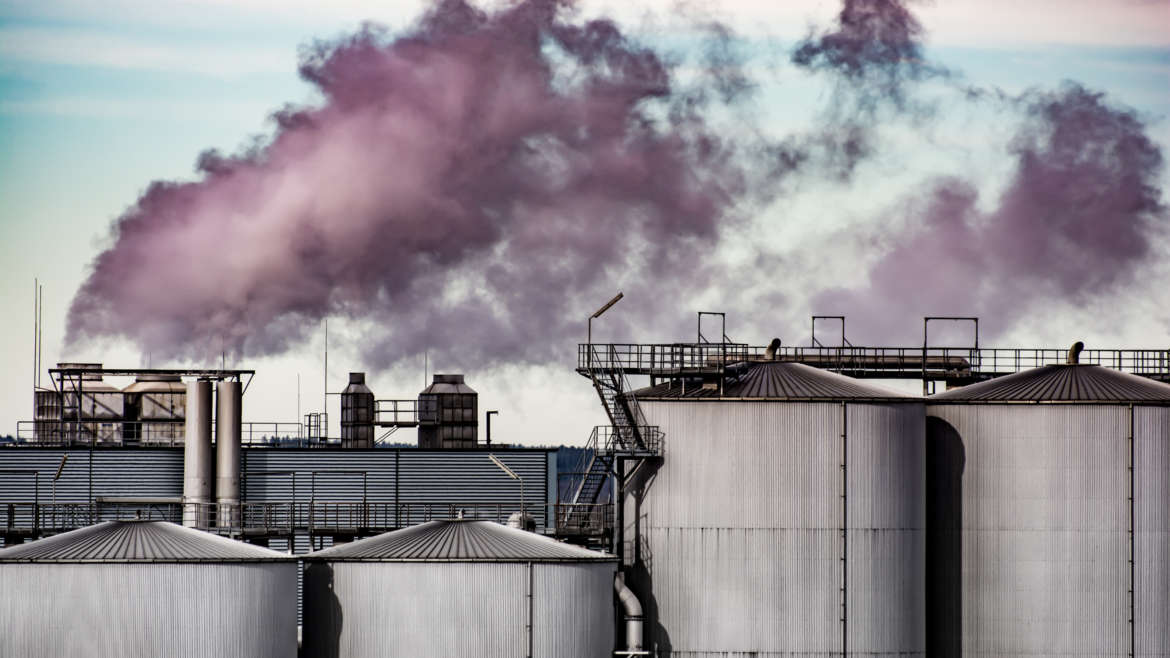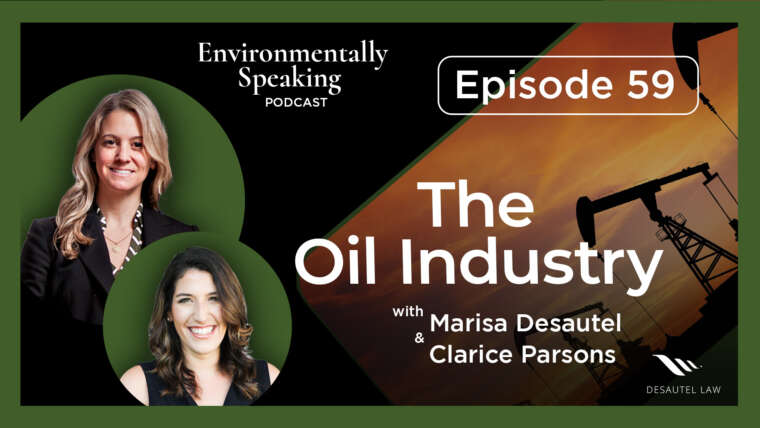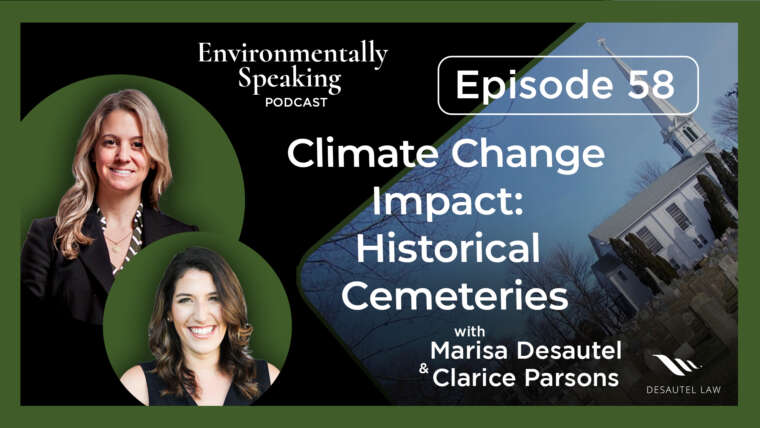On October 29, the Cross State Air Pollution Rule Update (CSAPR) was published by the Environmental Protection Agency (EPA) in a proposed revision to its remand of the rule by the D.C. Circuit. The decision will require EPA to place tighter limits on industrial sources of air pollution, according to EarthJustice, which represented several environmental groups in the case.
The CSAPR Update was written under the Clean Air Act’s “Good Neighbor” provision. This provision requires states to ensure that pollution from sources within their borders does not significantly contribute to downwind states’ ability to comply with or maintain National Ambient Air Quality Standards (NAAQS).
If a State Implementation Plan (SIP) fails to address cross contamination of pollutants, under the Good Neighbor provision, the EPA must step in and issue its own rules through a Federal Implementation Plan (FIP).
EPA issued the CSAPR Update in 2016, and imposed FIPs on 22 states, which required ozone season nitrogen oxide (NOx) reductions from electric generating units (EGUs). This action was taken to address the 2008 ozone NAAQS. Only two states were affected by the CASPR Closeout in 2018, but some states were not satisfied with the Good Neighbor provision.
Downwind states took issue with the Good Neighbor obligations, saying they were not adequate enough to comply with obligations under the 2008 ozone NAAQS; those states challenged both the CSAPR Update and the CSAPR Closeout in the D.C. Circuit.
The CSAPR Update, and eventually the CSAPR Closeout, were remanded in the D.C. Circuit because it allowed upwind states to allow significant contributions to downwind air quality problems beyond the 2021 deadline for the 2008 ozone standard.
In response, the EPA revised the CSAPR Update to address the remand by focusing on the 2021 attainment deadline.
The 22 states that are affected by these provisions, the EPA proposed the following:
- For nine states (Alabama, Arkansas, Iowa, Kansas, Mississippi, Missouri, Oklahoma, Texas, and Wisconsin), the existing CSAPR Update FIPs fully addressed their interstate ozone transport obligations;
- For 11 states (Illinois, Indiana, Louisiana, Maryland, Michigan, New Jersey, New York, Ohio, Pennsylvania, Virginia, and West Virginia), further ozone season NOx reductions are necessary and the EPA proposed new FIPs to address this;
- For Kentucky, the EPA has proposed to reverse a 2018 approval of the state’s “Good Neighbor” SIP and instead will require additional emission reductions.
The basis the EPA’s proposed revisions are based on emission reductions at EGUs from optimizing existing Selective Catalytic Reduction (SCR) NOx controls and installation of combustion controls, like low NOx burners and overfire air.
Non-EGU sources of pollution have no proposed reductions by the EPA, until necessary emission reductions have been met with the current EGU controls.
The EPA is under a court order to publish a final rule by March 15, 2021.


